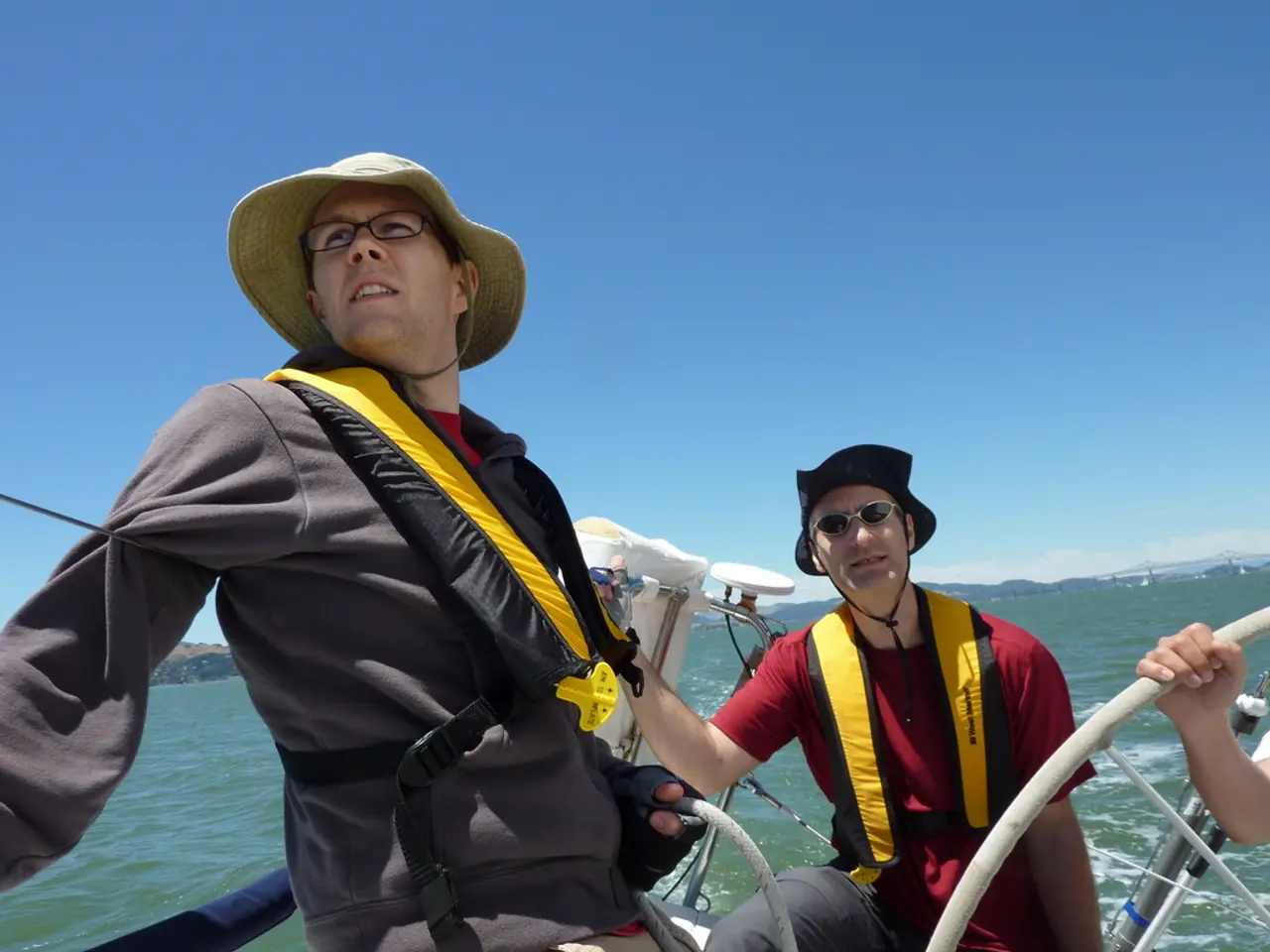Exploring the Crossroads of Maritime Law and Fish Conservation
The management of fisheries is a complex task that requires a balanced approach to economic, social, and ecological concerns. Central to this effort is the jurisdiction provided by admiralty law, which governs maritime activities, including the management of fisheries.
Admiralty law, also known as maritime law, encompasses the legal regulations governing navigation and maritime activities. This law operates on both national and international levels, with countries implementing their own maritime laws and international treaties, such as the United Nations Convention on the Law of the Sea (UNCLOS), playing a vital role.
UNCLOS establishes guidelines for national jurisdiction over marine resources and responsible fishing practices, emphasizing the sustainable management of fisheries within exclusive economic zones (EEZ). This convention encourages cooperation among states to address transnational fishing issues and overfishing concerns through Regional Fisheries Management Organizations (RFMOs).
RFMOs facilitate cooperation among countries sharing fishery resources, setting conservation measures and catch limits to maintain ecological balance. Examples of prominent RFMOs include the International Commission for the Conservation of Atlantic Tunas (ICCAT), the Western and Central Pacific Fisheries Commission (WCPFC), the Northwest Atlantic Fisheries Organization (NAFO), and the Commission for the Conservation of Antarctic Marine Living Resources (CCAMLR). Leading countries with significant membership in RFMOs typically include major fishing nations such as the EU member states, the United States, Japan, China, and Russia.
Fisheries management involves assessing fish populations, determining catch limits, and implementing habitat protections. Technological advancements, such as satellite tracking and blockchain, are expected to play significant roles in enforcing fisheries regulations and improving transparency. Innovative approaches such as ecosystem-based management are gaining traction, emphasizing the interconnectedness of marine species and habitats.
The objective of fisheries management is to maintain fish populations at healthy levels while balancing the needs of various stakeholders, including commercial fishers and recreational users. Key components of this framework include international treaties, RFMOs, and national legislation. Compliance and enforcement mechanisms in fisheries management include monitoring and surveillance, licensing and permits, penalties and fines, and international cooperation.
As fish stocks often traverse international waters, this legal framework is essential for effective fisheries management and sustainability. With climate change continuing to impact marine ecosystems, future trends will likely include adaptive legal frameworks that address the dynamic challenges posed by shifts in fish populations and habitats. The global community is shifting toward collaborative approaches in fisheries governance, with international agreements and cooperative management strategies expected to strengthen compliance.








